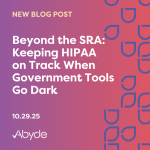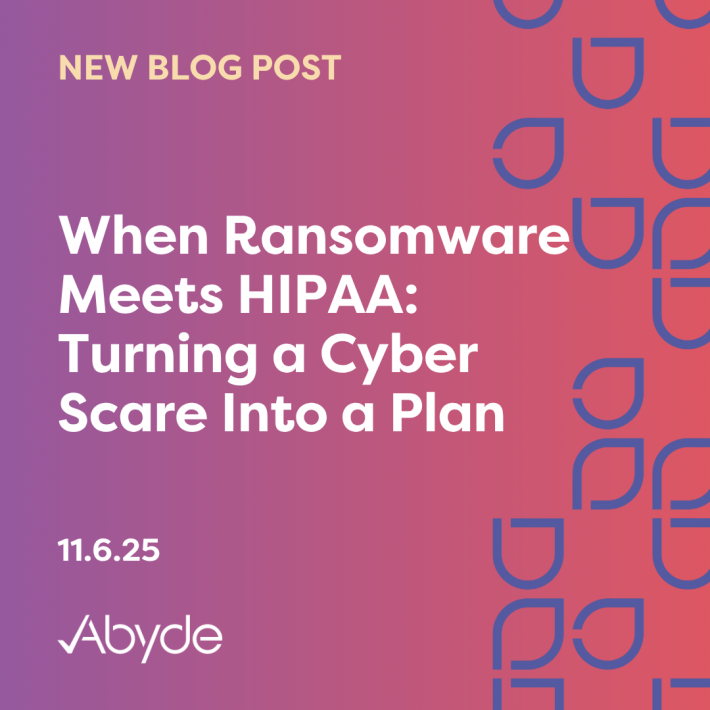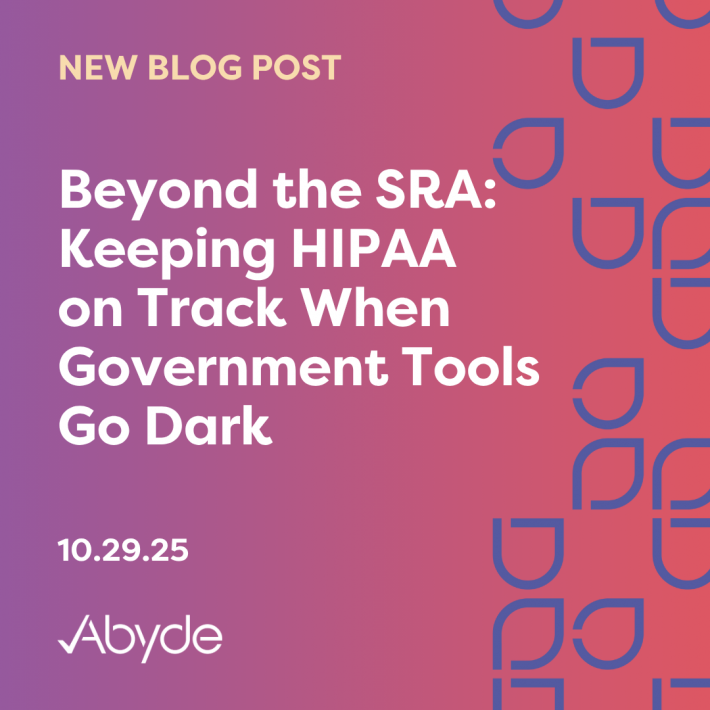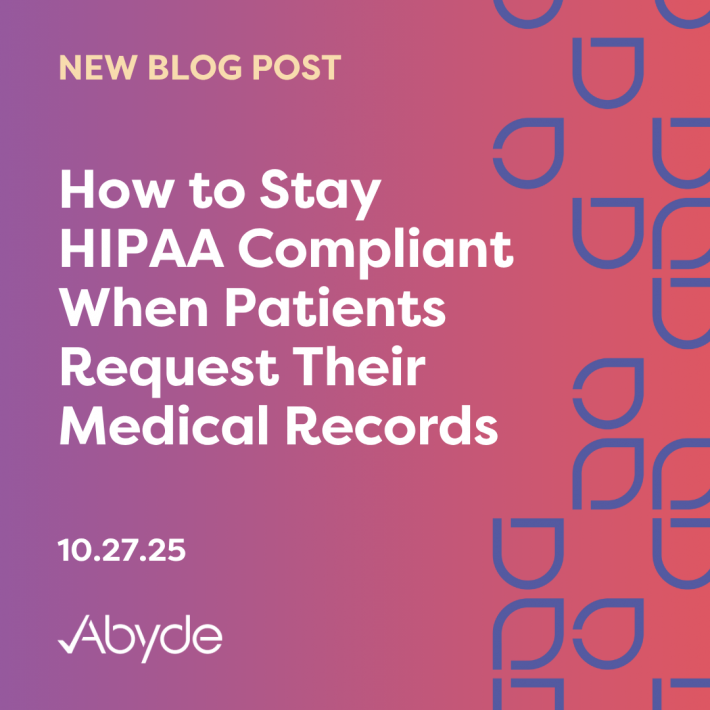October 1, 2025
Doing a TikTok with a patient might make your practice go viral for all the wrong reasons.
In a world of social media, email marketing, and overall digital communication, connecting with your patients online is a no-brainer.
However, the moment you step into the world of patient engagement, you run straight into red tape, the Health Insurance Portability and Accountability Act (HIPAA) regulations.
While a photo of a patient might not seem like a big deal, your practice needs to safeguard patient data, or Protected Health Information (PHI). Typical forms of PHI include a patient’s name, image, Social Security Number, and health records.
The internet provides numerous ways to connect and market to patients; your practice must do this carefully, securely, and compliantly.
Social Media Landmines
The very nature of social media sites like TikTok, Instagram, and Facebook encourages quick, personal sharing of content. These all directly conflict with the strict privacy requirements HIPAA upholds.
The good news is, your practice can post with patients if the proper steps are followed to ensure HIPAA marketing compliance.
First, your patient must sign a media consent form if their image is posted. This includes testimonials as well. Even if a patient had a great experience with your practice and wants to share, this documentation must be completed. This form must be specific and written, allowing the patient to withdraw permission easily. A verbal agreement isn’t going to cut it.
PHI also can’t be shared when responding to Google or Yelp reviews. And yes, acknowledging that a patient attended your practice is considered PHI. Keep all responses brief and respectful. If a patient had a bad experience at your practice, try to take it offline and provide a secure channel to continue communication.
Remember that HIPAA violations are not limited to your official practice accounts. Any of your practice’s staff is bound to HIPAA legislation. So, train and ensure staff know their responsibilities to keep PHI secure. No selfies at work!
Safeguarding your Inbox
Chances are, you’re sending emails every day in your practice. Let’s make sure your practice is sending emails compliantly.
First up: encryption. Patient emails are considered PHI, so ensure all the necessary technical safeguards are in place to protect your inbox. After double-checking that the right patient receives an email, keep it simple and send only the minimum necessary information. A quick appointment reminder doesn’t need someone’s full health record attached.
Next, consent matters. Your patients might be fine getting reminders or lab results by email, but that doesn’t mean they want marketing messages about specials at another location. Respecting their preferences keeps their information safe and your practice out of trouble. Make sure your practice documents this consent, and like media consent forms, allow your patients to change their permissions at any time.
Posting with Peace of Mind
This is just a quick roadmap for using marketing tools and HIPAA marketing compliance in your practice, but if done correctly, social media and email can be powerful ways to connect with your patients.
Staying compliant isn’t just about following rules; it helps build trust with your patients, which is far more valuable than any number of Instagram followers.
While your IT provider can always offer guidance on technical safeguards, understanding these basics is essential for keeping your practice and patient information safe.
Smart, practical solutions can make HIPAA compliance easier for your practice.
Connect with a compliance expert today to take the guesswork out of compliance.





